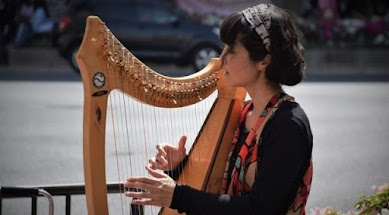The history of the Irish flag
One of the most recognizable representations of Ireland is the tricolor, popularly known as the Irish flag. The flag has a long and complicated history that is entwined with the history of Ireland. It is composed of three equal vertical bars of green, white, and orange.
Irish Flag's earliest forms
A group of Irish nationalists set out to design the Irish flag in 1848 with the intention of giving the Irish people a visual representation of their unity and freedom. The French tricolor, which had been embraced as a symbol of liberty, equality, and brotherhood during the French Revolution, served as the model for the flag.
The Interpretation of Colors
The Irish flag's colors each have a distinct meaning. The Irish Protestant tradition is represented by the orange stripe, whereas the Irish Catholic nationalist tradition is symbolized by the green stripe. The white sash represents the desire for harmony and peace between the two groups.
The Irish flag served as a sign of defiance against British control in Ireland throughout its formative years. The flag was flown at demonstrations and rallies, and it was frequently used as a representation of the fight for Irish independence.
Irish Independence and the Flag
The Irish flag was flown over the General Post Office in Dublin, which the Irish Republican Army had taken control of during the Easter Rising of 1916. The flag came to be seen as a representation of the uprising and of Irish independence.
The Irish flag was adopted as the national flag of the Irish Republic in 1919, which was established after the Easter Rising. In 1922, the Irish Free State also adopted the flag, making it Ireland's national flag ever since.
The Irish flag has come to represent Ireland's culture and identity in recent years. It is frequently flown during significant athletic events and is used to represent Ireland at world events like the Olympics.
The Irish flag is a potent representation of Ireland's history, culture, and identity, to sum up. The history of the flag is intricately entwined with the fight for Irish independence, and it now stands as a symbol of Ireland's desire for peace and unity. For many years to come, the Irish flag will remain a significant part of Ireland's cultural history as a symbol of Irish pride and patriotism.




Comments
Post a Comment